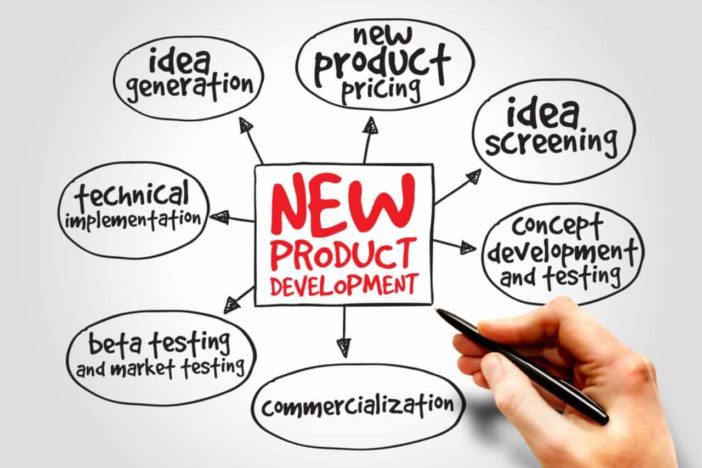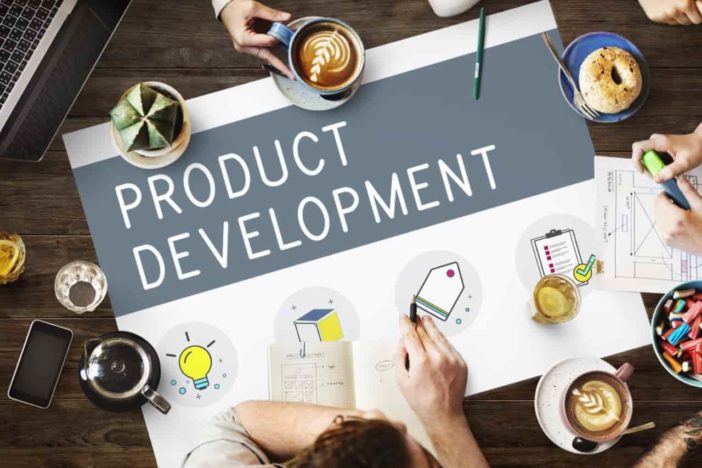In general, product development refers to creating a new product or modifying an existing product and giving it a new set of features that would be highly beneficial to consumers. On the other hand, new product development or NPD is a more specific term referring to the entire process of creating a new product or transforming a product, in which one stage of the NPD process includes product development. It primarily involves product design, and the product can either be tangible (physical product) or intangible (services).
It’s crucial to understand the product development process in order to bring innovation to your customers. By doing so, you can make product changes that are appealing and unique without compromising the good reputation your brand has already established.
In this post, you’ll learn more about the good reasons why businesses are undergoing new product development and determine its differences from reselling other brands.
Consumer Needs and Wants Rapidly Change
Now more than ever, consumers are more informed with the help of the Internet, and with their fast-paced lifestyle comes rapidly changing needs and wants. That’s why businesses try to keep track of consumer demands by undergoing new product development. Instead of choosing to resell brands from established companies, creating or modifying your own product is the best way to establish your own identity as a business, which makes a great impact on customers.
Here’s how product development can satisfy the needs and wants of consumers:
Detect Problems:
Through in-depth product research, you’ll be able to detect the problem areas of a new or existing product, so you can make the necessary changes as needed to keep customers satisfied.
You can start by defining all possible problems related to your products and services. You can use cause and effect, or a fishbone diagram to find all problems and their causes.
Address Problems:
If the majority of customers you have interviewed or surveyed are not satisfied with the size, amount, or general appearance of the product or product packaging, businesses can make some changes to improve a product through product development. Learn more about meeting and addressing consumer needs and wants through new product development here.
Full Control Over a Product
While reselling a brand may provide you with an initial good customer base, the results are not for the long term. If the product fails due to controversies, your business also fails. This is because you don’t have full control over the product.
When creating a new or innovative product, one should understand the new product development process. By doing so, product changes are more objective, measurable, and realistic.
Here are the stages of the new product development process:
- Creating a New Product Strategy: New product goals are clearly defined by innovators.
- Generation of a Great Idea: It involves collaboration with your team to come up with the best idea based on internal and external factors.
- Screening: Consolidating and narrowing down brainstormed ideas.
- Detailed Concept Testing: This stage involves structuring a great idea into a more detailed concept.
- Business Analysis: It involves determining the new product’s cost and profits, and if the product meets the business goals.
- Product Development: It’s the stage of developing the product with a new concept (design, features, and benefits).
- Market Testing: The use of different marketing methods to test a product among a small percentage of consumers, volunteers, or paid respondents.
- Commercialization: Launching the new product to the masses.
Key Factor to Thrive and Succeed
There are many reasons why businesses consider undergoing new product development than reselling other brands. For one, having your own product promotes uniqueness, increases trust, and higher sales for the long term.

Because you have full control over the design and production of your own products, it means that you take accountability for it, which provides peace of mind to consumers. They won’t need to worry about being passed around different communication lines because they can come directly to you to resolve their concerns.
Here are the good reasons why you should also consider undergoing new product development:
Slow or No Growth:
If you have flat or declining sales for an extended period, you have to find the source of the problem. One of the key steps is to assess your product line, as well as your competitors’ products. Do they have a new product? Are they offering more affordable prices? Did they increase the amount or size of the product? If yes, then you probably need to consider new product development to keep up with the competition.
Decreased Number of Loyal Customers:
Your top customers are your baseline, and losing even just one of them could mean something—someone else meets their needs and demands. So you have to find out what your competitors are doing to improve yours and regain the trust and confidence of your loyal customers. Undergoing NPD is a great way to thrive in the competitive world of business.
Conclusion
Businesses are undergoing new product development because of a lot of reasons. If you want to create your business identity, keep with your competitors, retain loyal customers, and attract new customers, you have to assess your product line regularly. While the NPD process could mean capitalizing on product research and development, it’s worth the investment for long-term benefits to your business.



